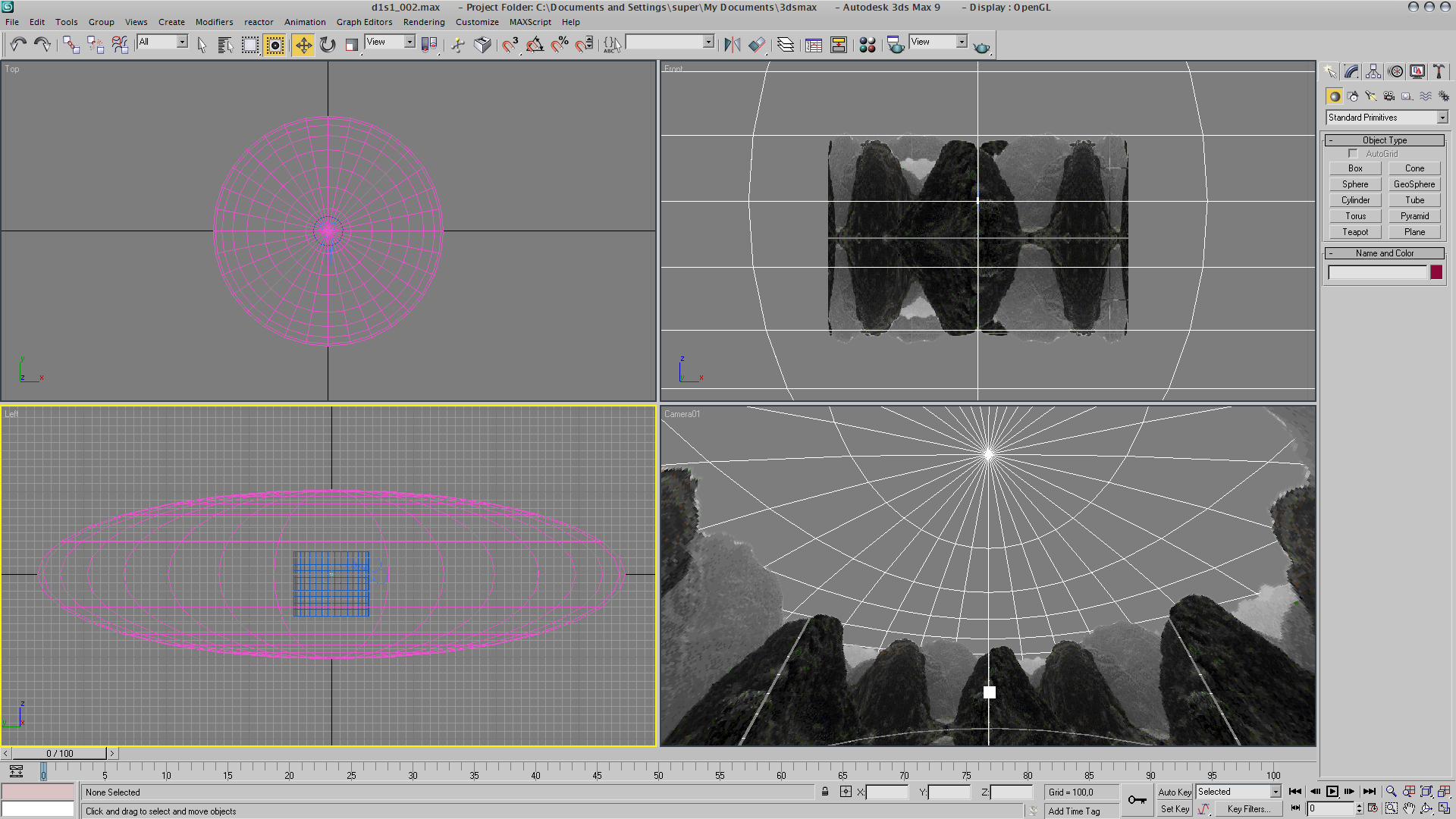

- #Doom 3d models gzdoom for mac
- #Doom 3d models gzdoom mac os x
- #Doom 3d models gzdoom software
- #Doom 3d models gzdoom Pc
- #Doom 3d models gzdoom license
It was compatible with Windows 95 and up, and was able to use WADs from the DOS versions. The first version of Doom for Windows was released under the name Doom 95, on August 20, 1996.
#Doom 3d models gzdoom software
However, the source codes to the DOS and Windows versions of the game were not released, due to copyright issues concerning the sound library used by original DOS version and id Software having no access to the source code of the Windows port.
#Doom 3d models gzdoom license
The source code to the Linux version of Doom was released by id Software on December 23, 1997, under a non-profit End user license agreement it was re-released on October 3, 1999, under the terms of the GPL-2.0-or-later license. The last Linux Doom binaries were provided by id Software on October 13, 1996, through the company's ftp-server. In addition to an adjustable viewport, it supports rendering at low or high resolutions, and allows network play over AppleTalk as well as IPX.ĭoom was ported to Linux by id Software programmer Dave Taylor in 1994. It can also be played under emulation on Intel and Apple silicon Macs with SheepShaver and QEMU.

#Doom 3d models gzdoom mac os x
Although it can run in Classic under Mac OS X on Power Macs, Panther and Tiger cause graphic artifacts due to the later version of Classic having a double-buffered screen. The Mac version runs on System 7 through Mac OS 9 and requires a 68040 or PowerPC processor.
#Doom 3d models gzdoom Pc
The Ultimate Doom, Doom II, and Final Doom were ported by Lion Entertainment and released by GT Interactive using a Mac OS launcher application to run original PC WADs.
#Doom 3d models gzdoom for mac
macOS ĭoom for Mac was released on November 4, 1994. The distribution contained two versions: one for regular X11, and another for Sun DGA. In the readme, the port is credited to "Dave Taylor and the rest of the folks at id Software". No effort was made to take advantage of SGI's advanced graphics hardware, and like many other ports the game was rendered entirely in software rendering mode.ĭoom was ported to Solaris in late 1994, and was designed to run with game files from Doom 1.8. IRIX Doom was originally based on the unreleased MS-DOS version 1.5, though later updates were based on versions 1.6 and 1.8. IRIX ĭoom was ported to IRIX during the summer of 1994 by Dave D. A successful version was demoed in 1994 running in an OS/2 PM window. OS/2 ĭoom was ported to OS/2 by an independent contractor, Jim Thomas, who was hired by IBM to port it and SimCity. The version running on NeXT is programmed by John Carmack, John Romero, and Dave Taylor. With NeXT-Step based on i486 architecture, it ran smoothly under all conditions up to screen sizes of 400% with newer hardware. This version is sluggish on anything below an 040 NeXTstation/cube (though it runs smoother with a higher amount of memory), and is missing sound, which was added on the PC side. This was the version that the MS-DOS product emerged from, since, at the time, id Software was using a NeXTcube for its graphic-engine development.

Official ports Personal computers NeXTSTEP Some of the ports are replications of the DOS version, while others differ considerably, including modifications to the level designs, monsters and game engine, with some ports offering content not included in the original DOS version. Since the original MS-DOS version, it has been released officially for a number of operating systems, video game consoles, handheld game consoles, and other devices. Even though they're still animated with simple pixel frames, the rendering of their asset is relative to the vertical perspective, giving them perspective depth.The present article is a list of known platforms to which Doom has been confirmed to be ported.ĭoom is one of the most widely ported video games. The enemies below are not 2D assets that are tilt shifted to face the player, despite the player being on raised terrain. The video in the OP doesn't really show it off well due to the play speed and the inherent flatness of DOOM's level design, but you can notice it at 1:02 as the player walks up the stairs and has a viewport out into an open area. It's most noticeable on any assets that would otherwise 2D billboard face the player (corpses, pick-ups, props, etc), and on any asset when viewed from a shifted vertical perspective. It may not seem like it's very noticeable, as it's wildly contextual, but the difference is absolutely there. I know it might not seem like it makes a difference, but it's a functionally impressive implementation in technology that manages to retain the pixel art asset look and movement with remarkable faithfulness (especially given the responses here), while adding real depth and perspective to the pixel assets in a 3D environment.


 0 kommentar(er)
0 kommentar(er)
